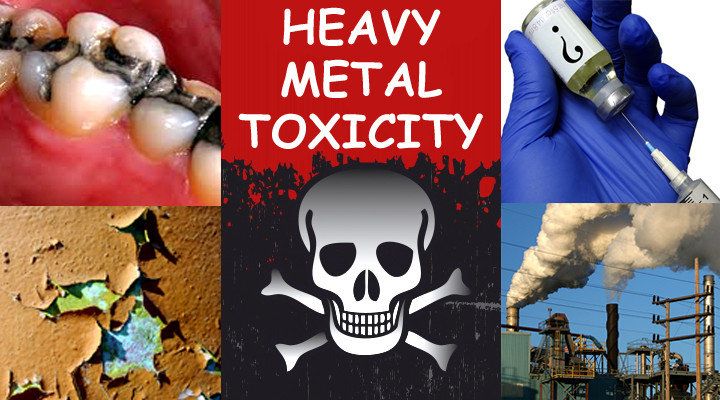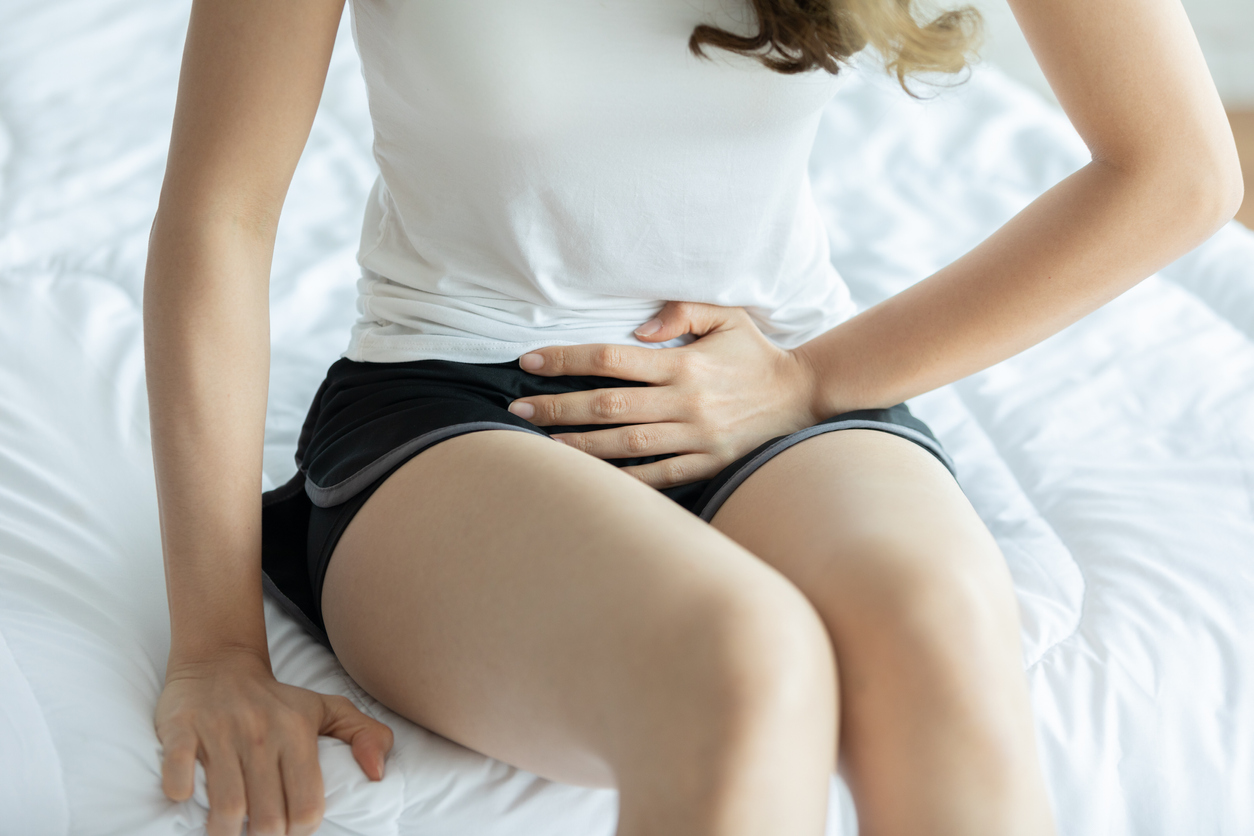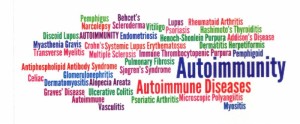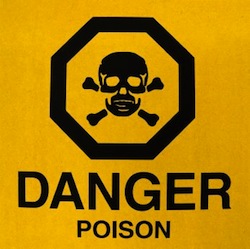It’s the go-to when we don’t want to search for the top to a Tupperware bowl. We marinate meat in it and sometimes restaurants fold it around leftovers. It’s a pan protector, a piping bag, cleaner, funnel, and a sharpener. It’s used to keep food hot and it’s one of camping’s greatest necessities. There are a thousand uses for aluminum. Sadly, there are just as many potential hazards. This mess-free miracle might not be so clean after all. Or is it? That seems to be the great scientific debate.
To foil or not to foil…is aluminum safe?
What is Aluminum?
Many people hear the word “aluminum” and they automatically think about the roll of foil in some drawer in their kitchen—the one on top of the extra birthday candles. Some categorize it as a heavy metal due to its toxicity and others would leave it out of that category completely. What researchers can agree on is that aluminum is found in rocks, minerals, clay, and soil. It comes in many forms, and it’s in MANY surprising things such as deodorant, toothpaste, cosmetics, antacids, buffered aspirin, water and even our food. It’s inexpensive because it’s abundant—therefore, it’s in everything. It’s also quite controversial, which makes it scary.
Dangerous Findings
Alzheimer’s disease:
I could go on and on about amyloid plaques and neurofibrillary tangles, but I’ll keep this somewhat simple. In the 1970’s a Canadian researcher published a study he conducted that found high levels of aluminum in the brains of deceased Alzheimer’s patients (Webber). Further research has shown aluminum to be poisonous to the brain and nervous system as it alters the function of the blood-brain barrier, which regulates exchanges between the central nervous system and peripheral circulation. These changes cause neurons in the brain to lose connections with other cells and die. There are even epidemiological studies that have reported an association between aluminum levels in drinking water and Alzheimer’s disease—when concentrations rose, the number of AD cases rose as well (Wellness Mama). Coincidence? Although some would like for us to believe it is, I doubt it.
Breast Cancer:
Some scientists have found that aluminum-based compounds in certain antiperspirants can contribute to another controversial topic: breast cancer. Some call it a myth, while others claim that “Aluminum is known to have a genotoxic profile, capable of causing both DNA alterations and epigenetic effects, and this would be consistent with a potential role in breast cancer if such effects occurred in breast cells” (Inorg). Although I could list facts for days, let’s use logic. Think: Where do we put our antiperspirant? Under the arms, where we leave it for the skin to absorb…right near the breast. Absorbing a NEUROTOXIN. Right. Near. The. BREAST. Hmm…
Here we are now, years later, and the evidence remains “mixed and inconclusive.” Why, you ask? I have no idea. Perhaps the chemical companies are funding certain studies. If you really think about who has the most to lose, you might have your answer.
Facts:
Aluminum can be inhaled, ingested or even absorbed through the skin. Considered a neurotoxin, it is especially damaging when inhaled in large amounts. Aluminum toxicity affects the musculoskeletal system and brain. It causes muscle weakness, bone pain, osteoporosis, delayed growth in children, altered mental abilities, dementia, and seizures (Chandler). The New York University Langone Medical Center reports that even though small amounts (no more than 40 mg/day) of aluminum cause no harm, it is the prolonged exposure or exposure to high levels that causes serious problems. Harmful exposure can occur over time. This can range from eating foods that contain the food additive sodium aluminum phosphate to living near aluminum mining. However, short-term exposure, like breathing aluminum dust in a workplace, is also harmful (Chandler).
Major Concerns Include:
- Leaching: This occurs when food is stored or cooked in aluminum foil or pans and the aluminum is leached or absorbed into the food. It’s pretty simple to understand: the longer the food is exposed, the more aluminum seeps into the food. Acidic foods, like tomato sauce, cause more aluminum to leach from the foil and cookware when compared to less-acidic foods like chicken. Older aluminum pots leach more, which is even more reason to give your cupboards a purge. Dinner cooked in Nana’s spaghetti pot from 1953 isn’t so special now, is it? Maybe that can be just for looks and stories from now on.
- Overexposure: The most common health issue, overexposure has more to do with the aluminum dust being inhaled over a long period. This can be seen in people who work with aluminum; they eventually could develop a cough and/or have abnormal chest x-rays. This is especially worse for people with kidney problems; they may have a difficult time removing the excess aluminum from their bodies. When this happens, it could lead to lung damage, bone and brain disorders (Webber).
Other Reported Health Issues Connected to Aluminum:
- Chronic fatigue
- Autoimmune diseases, including Lyme’s disease
- Skin irritation
- Neurological disorders
- Brain-fog, trouble concentrating, difficulty learning and poor memory
- Depression, manic depression and/or anxiety
- Insomnia
- Digestive issues, such as IBS (irritable bowel syndrome)
- Chronic aches and pains, such as those associated with fibromyalgia
- Tremors
- Impaired motor control, hearing, speech, vision and gait
- Anemia
- Heart attacks
Think: You are about to step on a ledge to get a better look at the ocean view. When you look to the professional guide to see if it’s safe, he simply shrugs, saying, “I’m not sure if that ledge is safe enough to stand on. Some of us think you might plummet to your death and some of us think it’s strong enough to hold you.” Would you go out on that ledge? I don’t know about you, but I’d look for a more reliable spot to catch the view.
Alternatives
It’s time to detox your home! Why not? There are many aluminum alternatives. Here are a few:
1) Toss that ancient aluminum cookware. Cooking a meal in an aluminum pan will add 1 – 2 mgs of aluminum to your food (Webber). When considering how much aluminum human beings are exposed to on a daily basis, why not cut your odds where you can? I looked through my cupboards and found a pan I received at my bridal shower—107 years ago! The timeline might be an exaggeration, but the condition of the pan is not. It was old and scratched and it didn’t look all that safe. Then I imagined my precious son making himself eggs, which led to more purging until I was left with one copper pan and a disapproving husband who knew I was about to spend money on new cookware. Instead of aluminum, try:
- Anodized pans
- Cast Iron
- Titanium
- Copper
- Stainless Steel
- Ceramic
- Glass
*When your pans are scratched or damaged, DO NOT USE THEM.
2) Dr. Axe has an amazing lineup of tips and tricks for getting rid of body odor, as well as how to make your own deodorant: https://draxe.com/health/beauty-and-skin-care/natural-deodorant/. We also sell a line of locally made natural deodorants in our office.
3) The longer food sits in aluminum foil, the more it will absorb. Get rid of the foil and make the switch to glass containers to store your food. For mess-free baking, parchment paper works so much better. For grilling there are also several things on the market you can use instead of aluminum foil.
4) Aluminum can be selectively leached from rock and soil to enter any water source (Water Quality Association). Public water sources (city) are regulated with a recommended Secondary Maximum Contaminant Level (SMCL). Treatments include distillation, reverse osmosis, and portable cation exchange. If your water source is privately owned, you might want to check it out. Visit http://www.wqa.org/for a list of professionals in your area.
Final Thoughts
Aluminum is an abundant heavy metal found in the earth’s crust. Its toxicity is well acknowledged; however, the great debate seems more focused on what levels are safe/unsafe. Both long-term and short-term contamination can occur anywhere. It’s in our water, food, beauty products, and even our pain killers. We can encounter it at work, in home, or outside. It is toxic and linked to several diseases including breast cancer and Alzheimer’s disease. The best way to avoid it is to find as many reasonable alternatives possible. There are many out there. Really, why chance it?
At Forum Health Clarkston with testing we can determine your toxicity level and help detox it out of your system. Give us a call to find out how 248-625-5143!
Adrian Schirr
Forum Health Clarkston
7300 Dixie Hwy. Ste. 500
Clarkston, MI 48346
248-625-5143
References:
“Antiperspirants/Deodorants and Breast Cancer,” National Cancer Institute. 2019
Chandler, Stephanie (NA), “What Foods Contain Harmful Aluminum?” Livestrong.
Inorg, J (2005), “Aluminum, Antiperspirants and Breast Cancer,” Biochem.
New, Maggie (2018), “Poisons from Aluminum Cookware,” Livestrong.
Webber, Valerie (2019), “Health Risks of Cooking in Aluminum,” Livestrong.
Wells, Katie (2016), “Is Aluminum Safe to Use?” Wellness Mama.







